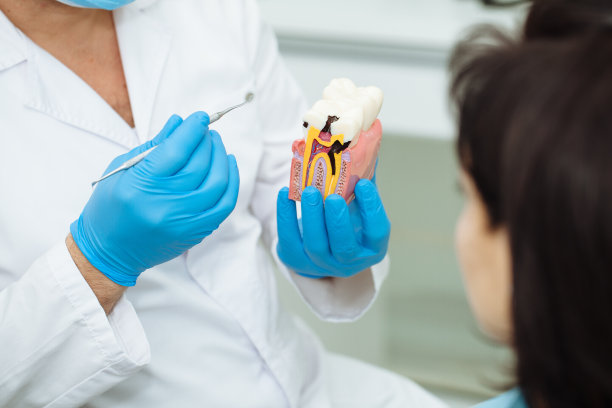The Essential Guide to Understanding the Process of Extracting a Tooth Safely and Efficiently
Summary: Extracting a tooth is a common dental procedure that, when performed safely and efficiently, minimizes patient discomfort and promotes healing. This guide provides a comprehensive understanding of the tooth extraction process, addressing preparation, the procedure itself, post-extraction care, and potential complications. By breaking down these key components, this article aims to enlighten patients about what to expect and how to navigate this often daunting experience with confidence. Ultimately, knowledge empowers patients to engage in their dental care actively, leading to better outcomes and reduced anxiety.
1. Preparing for a Tooth Extraction

Preparation is a crucial first step in ensuring a tooth extraction is successful. Patients should consult with their dentist to evaluate their dental and medical history. Understanding previous dental work, medications, and any existing health conditions can significantly influence the approach taken during the extraction.
Additionally, diagnostic imaging, such as X-rays, plays a vital role in the preparation process. X-rays allow dentists to visualize the tooths roots and surrounding bone structure, helping them to plan the extraction procedure effectively. This information is essential for anticipating challenges and determining the most appropriate method of extraction.
Patients can also ease their anxiety by discussing the extraction process with their dentist. Knowing what to expect, including sedation options and the steps involved, can help put patients at ease. It is essential to follow any pre-operative instructions provided by the dentist, such as fasting or adjusting medications to ensure a safe procedure.
2. The Tooth Extraction Procedure
The extraction procedure itself typically begins with the administration of anesthesia to ensure the patients comfort. Local anesthesia numbs the area surrounding the tooth, while sedation may be offered to help relax anxiety-prone patients. Understanding the anesthesia options available can help patients make an informed decision that aligns with their comfort levels.
Once the area is numb, the dentist will begin the extraction process, which may involve loosening the tooth from the socket with specific dental instruments. Depending on the complexity of the extraction, including factors like tooth decay or impaction, the dentist will utilize various techniques to extract the tooth efficiently.
Throughout the procedure, patients may experience sensation but should not feel pain. Its important to communicate with the dentist during this time, discussing any discomfort that might arise. After the tooth is removed, the dentist will provide instructions on how to manage bleeding and what to expect during the healing process.
3. Post-Extraction Care Guidelines
After a tooth extraction, proper aftercare is essential for promoting healing and preventing complications. Patients should bite down gently on gauze placed over the extraction site to control bleeding, changing it as needed. Keeping the head elevated and applying ice packs can significantly reduce swelling and discomfort in the initial hours after the procedure.
Dietary choices also play a role in recovery. Patients are advised to begin with soft foods and liquids, avoiding anything hot or spicy that could irritate the extraction site. Staying hydrated is vital, but drinking through a straw is generally discouraged, as the suction can dislodge the blood clot that forms in the socket.
Lastly, patients should follow their dentist’s prescribed medication regimen meticulously. This may include pain relievers and antibiotics to prevent infection. Monitoring the extraction site for any signs of complications, such as persistent swelling, severe pain, or unusual discharge, is crucial for addressing problems promptly.
4. Understanding Potential Complications
While tooth extractions are generally safe, complications can arise, and its essential for patients to be informed. One common issue is dry socket, which occurs when the blood clot fails to form or is dislodged, exposing the underlying bone and nerves. This condition can be painful and may require further treatment.
Infection is another potential complication, particularly if post-operative care guidelines are not followed. Signs of infection include increased swelling, pus, and a fever. Patients should be vigilant and contact their dentist if any of these symptoms appear.
Lastly, nerve damage, while rare, can occur during an extraction, especially in lower wisdom tooth removals. Patients may experience tingling or numbness in the lip, tongue, or chin, and while this typically resolves over time, it is important to discuss any concerns with a dental professional right away.
Summary:
Extracting a tooth involves thorough preparation, a careful procedure, and diligent post-operative care to ensure a smooth recovery. By understanding each stage of this process, patients can approach their dental treatments with confidence and minimize discomfort. Remember to consult with your dental provider for tailored advice and assistance.
This article is compiled by Vickong Dental and the content is for reference only.


